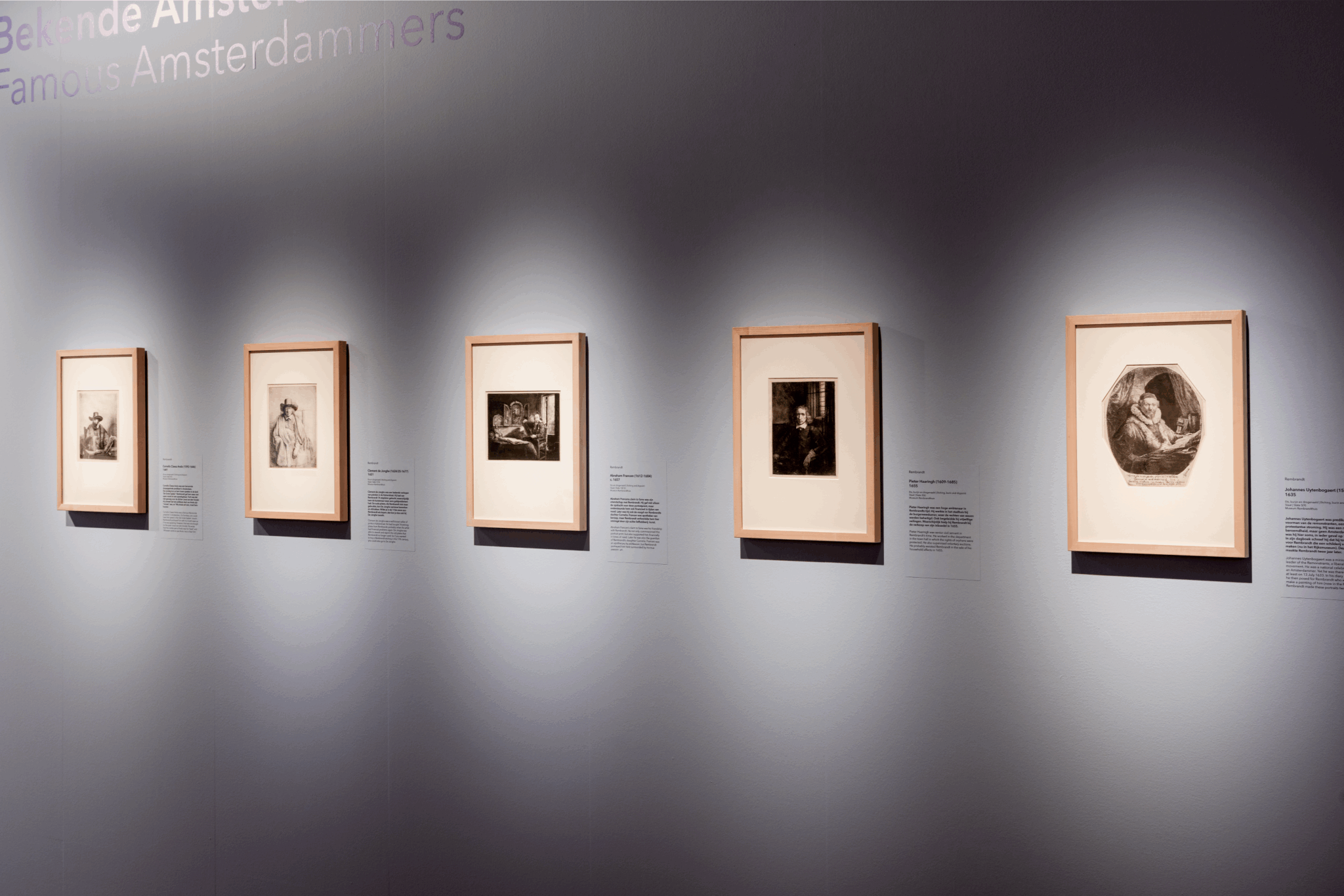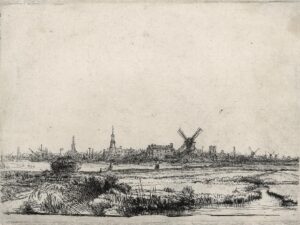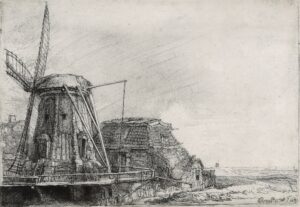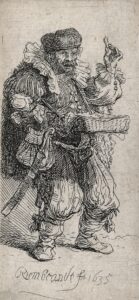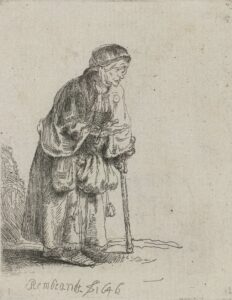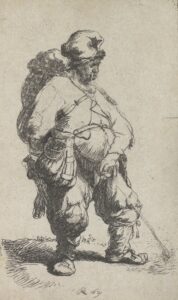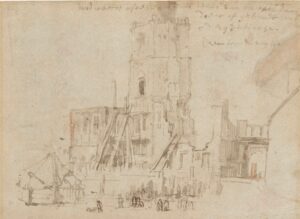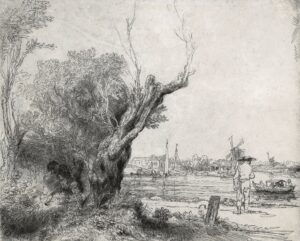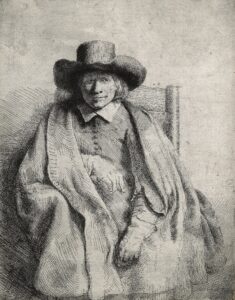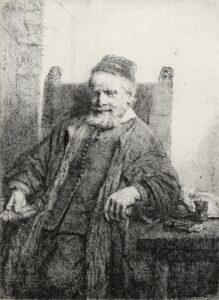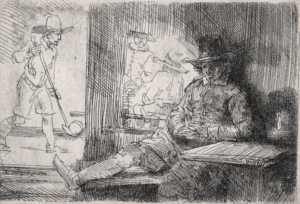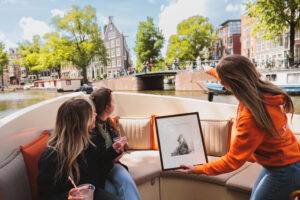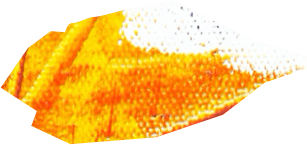Discover the city through Rembrandt’s eyes in the new summer exhibition

Rembrandt, View of Amsterdam, c. 1640-1641
This year, Amsterdam celebrates its 750 anniversary. The city has much to offer, for residents and visitors alike. That was also the case in the old days. Look at Amsterdam through Rembrandt’s eyes and discover what had already made the city unique 400 years ago. Admire old buildings, unusual places and beautiful surroundings. Enjoy the art, culture and entertainment. Meet interesting people. Spot well-known Amsterdam residents. And find out whether the city already had a red light district in the seventeenth century.
You can see it all in this exhibition containing 60 prints and drawings from the collection of the Rembrandt House Museum. Visit the exhibition through September 7, 2025.
Some highlights
Rembrandt moved to Amsterdam around the age of 25 and lived here for the rest of his life. In and around the city he found everything he needed: from beautiful buildings, entertainment and culture in the city centre to walks in nature outside the city walls. He recorded his impressions in his prints and drawings. Some highlights from the exhibition:

Rembrandt, The Windmill, 1641
Little Stink Mill
Amsterdam has those special places where people like to go. A beautiful viewpoint or a striking monument, for example. This mill stood on the rampart of the city wall, at the end of the Looiersgracht. It was a beautiful high location for looking out over the meadows. On the right in the distance, on the next rampart, stand two people who are also enjoying the view. But as the son of a miller, it must have also been the mill itself that attracted Rembrandt’s attention. However, this spot was not always pleasant. Leather was treated with cod-liver oil in this mill. Hence the nickname ‘Kleine Stinkmolen’ – Little Stink Mill.




Left: Rembrandt, The Quacksalver, 1635 | Middle: Rembrandt, Beggar Woman Leaning on a Stick, 1646 | Right: Rembrandt, ‘The Pissing Man’, 1630
People Watching
At first glance the man on the etching on the left looks like a pedlar: someone who sells all kinds of useful stuff in the street. But his extravagant clothes, including his codpiece, tell us that he is a ‘quacksalver’: a hustler who sells fake medicines. If you walked along the streets in seventeenth-century Amsterdam you would have met all kinds of people. On one street corner you might be asked for alms, on the next one you might shake hands with an intellectual. On the way you might run into a drunkard and an expat. Exactly like today. The ideal city for Rembrandt, who found all of those different people fascinating.


Left: Rembrandt, Ruins of the Old Town Hall in Amsterdam, 1652 | Right: Rembrandt, The Omval, 1645
The Old Town Hall
On the drawing (left) you can see the ruins of Amsterdam’s medieval town hall on the Dam. In the early Sunday morning of 7 July 1652 it was destroyed by fire. The plumes of smoke could be seen from far away. Many artists recorded the destruction. Rembrandt did too. Remarkably enough he subsequently had no interest in the gigantic, new town hall (now the Royal Palace in Dam Square). He never depicted that building.
Walks Outside the City Walls
Rembrandt often walked out of the city along the Amstel. Where the river makes a sharp bend, there is a spit of land which is still called De Omval. There are flats there now, but in the past you could easily spot birds; there were starlings, ducks, herons, wood pigeons and skylarks. In this etching you can spot a very different kind of pastime. Just look into the bushes: there’s a courting couple.


Left: Rembrandt, Jan Lutma, 1656 | Right: Rembrandt, Clement de Jonghe, 1651
Famous Amsterdammers
A big city naturally also has famous residents. They add glamour to city life. Rembrandt knew many famous Amsterdammers, because he had made portraits of them. For instance, Johannes (Jan) Lutma, here on the left; he was a silversmith, the best in town. Rembrandt portrayed him as a monarch on his stately throne. Another famous Amsterdammer was Clement de Jonghe (here on the right). He was a well-known seller of prints in Kalverstraat. If you wanted to buy a Rembrandt etching in the seventeenth century, you could go to him.

Rembrandt, The Ringball Player, 1654
Entertainment
Amsterdammers loved playing sports. Ball games were particularly popular. The man on the left is playing beugelen, a form of croquet. A ball has to be hit through a ring with a wooden shovel (a ‘sleger’). Beugel alleys were usually located near taverns. The man on the right is sitting indoors and he has already started ‘the third half’’. Entertainment is perhaps one of Amsterdam’s main attractions today – from cinemas and casinos to canal boats and football stadiums. They couldn’t match what’s on offer now in the seventeenth century, but there was plenty to do even then. You could go to the theatre in the Schouwburg twice a week, or visit one of the many inns, drinking establishments and gambling houses, where music was also played.
Book: Rembrandt & Amsterdam
The exhibition is accompanied by a beautifully designed book, featuring all the prints and drawings on display, and the stories behind them. It is available in the museum shop for €9.95. This publication is the third part in a series about Rembrandt’s prints from the collection of the Rembrandt House Museum. The previous publications ‘Rembrandt & Love’ and ‘Rembrandt & the World’ are available separately. This series was made possible thanks to the generous support of the Zadelhoff Cultuurfonds.
Do it yourself
Draw like Rembrandt
In our drawing studio (on the third floor of the exhibition wing), you can make a drawing just like Rembrandt did. Rembrandt often went outside to draw. He made drawings in the city and in the surroundings of Amsterdam. He sketched landscapes and people, but sometimes also buildings that he found beautiful. In 1654, Rembrandt drew the Montelbaantoren, directly across from his house. Try it yourself in a few simple steps. Drawing tables, drawing materials, and an easy instruction are all set up for you. This activity is free, always available, and suitable for everyone from 6 years old.
Etch like Rembrandt
Step into Rembrandt’s footsteps during our workshops ‘Etching at Rembrandt’s home’. From July 12th through August 24th, you can add your own twist to an Amsterdam etching from the exhibition by experimenting with the drypoint technique! On a large etching press, you will print two prints, which you can take home afterwards. Click here for more information on this workshop
Cruise with Rembrandt
See the city from the water, just like in the 17th century. This atmospheric canal cruise takes you past locations connected to Rembrandt’s life and his contemporaries. Book the Rembrandt cruise here.
Walk with Rembrandt
Wander through the historic streets where Rembrandt lived and worked. Discover hidden spots, personal stories, and iconic locations that shaped his life. Click here for the free walking tour.
